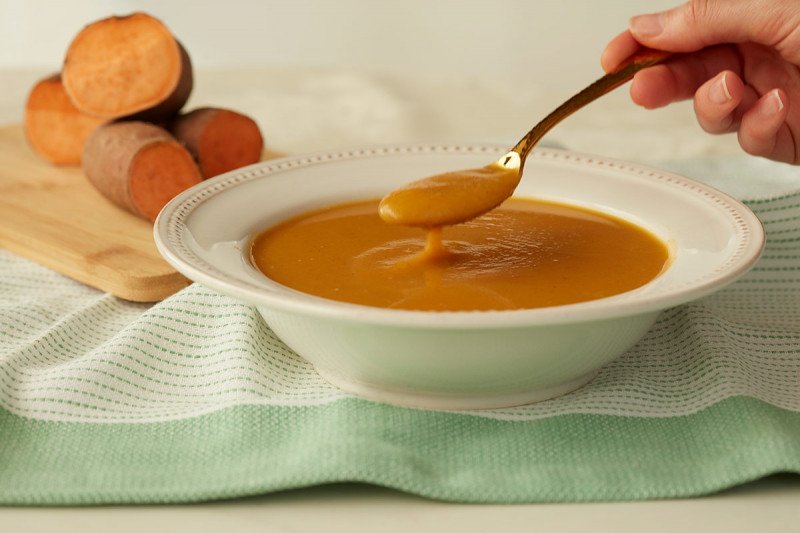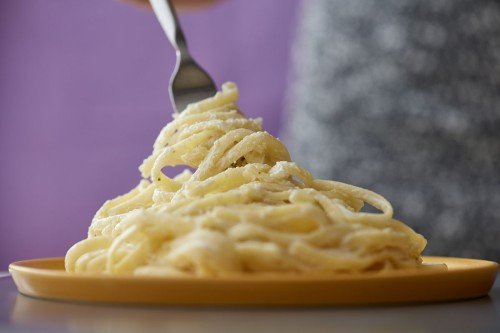
- What is the bland diet?
- Are there other names for this diet?
- How can a bland diet help someone with cancer?
- What are the foods you can eat on the bland diet?
- What are the foods to avoid on the bland diet?
- Are there medications to avoid while on the bland diet?
- What are some common complaints from people on the bland diet, and how do you solve them?
- What are some tips for people on the bland diet?
What is the bland diet?
A bland diet is an eating plan that emphasizes foods that are easy to digest. If you’re following this diet, you should choose foods that are low in fat, low in fiber, and easy to chew. And as the name implies, the bland diet calls for foods that are mild in flavor.
Are there other names for this diet?
The bland diet is sometimes called the BRAT or BRATT diet. BRAT is an acronym that stands for bananas, rice, applesauce, and toast. If you’re following a bland diet, you can incorporate these four foods into your meals, but there are many other options to choose from.
How can a bland diet help someone with cancer?
Bland diets are generally helpful for people with digestion problems. This includes those with nausea, diarrhea, loss of appetite, or changes in taste. If left untreated, these symptoms can cause you to lose too much weight and prevent you from getting enough nutritious food. A bland diet can help make sure that you get enough to eat and that you maintain a healthy weight.
What are the foods you can eat on the bland diet?
Focus on low-fiber, starchy grains. Raw fruits and vegetables tend to have too much fiber to digest easily. Canned or bottled fruits and vegetables may work for some people. You can also eat cooked vegetables, but they should be soft. Avoid vegetables that have been steamed or blanched.
Good sources of protein on the bland diet include skinless roasted or baked chicken, eggs, low-fat milk and yogurt, and smooth peanut butter and other nut butters.
| FOOD GROUPS | FOODS TO INCLUDE |
|---|---|
| Milk, Dairy Products, and Milk Alternatives | Low-fat milk and yogurt Any milk alternative (such as rice, soy, and almond milk) |
| Vegetables | Canned or bottled vegetables in moderation Vegetables cooked until very soft |
| Fruit and Juices | Canned or bottled fruits in moderation Diluted fruit juice |
| Breads and Grains | Potatoes, crackers, bread, pasta, rice, and plain cereals |
| Meats and Other Proteins | Roasted or baked poultry without the skin Smooth nut butter |
| Fats and Oils | Healthy oils, such as olive oil, in moderation (a drizzle for flavor) |
| Beverages | Caffeine-free beverages |
What are the foods to avoid on the bland diet?
Stay away from these items:
- spicy or highly seasoned foods, such as curry, hot sauce, hot peppers, and onions
- high-fat foods, such as red meat, cream, and anything fried
- sugary foods, such cookies, doughnuts, cake, candy, and ice cream
| FOOD GROUPS | FOODS TO AVOID |
|---|---|
| Milk and Dairy Products | Full-fat milk, yogurt, and cheese Cream Dairy-based ice cream |
| Vegetables | Raw, steamed, and fried vegetables |
| Fruit and juices | Fresh, raw, and frozen fruit, unpasteurized juices |
| Breads and Grains | Any product with more than 5 grams of fiber per serving |
| Meats and Other Proteins | Fatty or marbled meat Poultry with skin Fried meat, poultry, and shellfish |
| Fats and Oils | Butter Mayonnaise |
| Beverages | Alcohol Caffeinated beverages (if diarrhea is a problem) Cream-based beverages (if diarrhea is a problem) |
Are there medications to avoid while on the bland diet?
No.
What are some common complaints from people on the bland diet, and how do you solve them?
The lack of variety in foods and flavors can be difficult for some people on the bland diet. Planning meals in advance can help you avoid repeating foods.
Marinades are a nice way to bring out the natural flavors of poultry. Marinate poultry in fruit juices such as orange juice or pineapple juice. You can use onions or garlic as long as you remove them before you cook the meat. Sea salt is another way to bring out the natural flavors of your meat.
Foods on the bland diet tend to be binding, meaning that they can cause constipation. It’s important to drink plenty of fluid throughout the day to help ease constipation.
What are some tips for people on the bland diet?
If you’re experiencing nausea or a lack of appetite, try eating smaller meals more frequently instead of three large meals.
- Focus on mild flavors. Avoid strong flavors and odors.
- Avoid drinking during meals. This can help make sure that you get enough nutrition from your food rather than filling up on liquids.
- To give your digestion a jump start, be sure to chew well and select foods that require less chewing.













